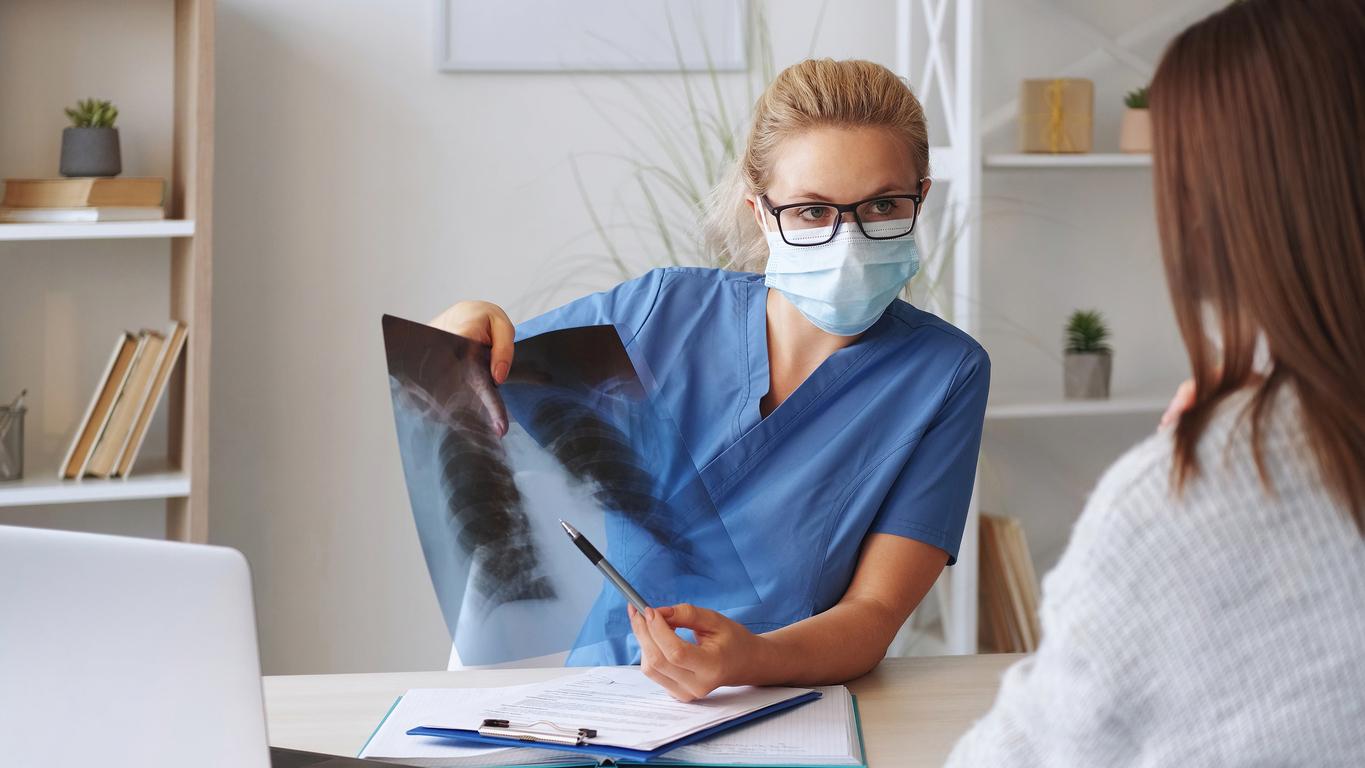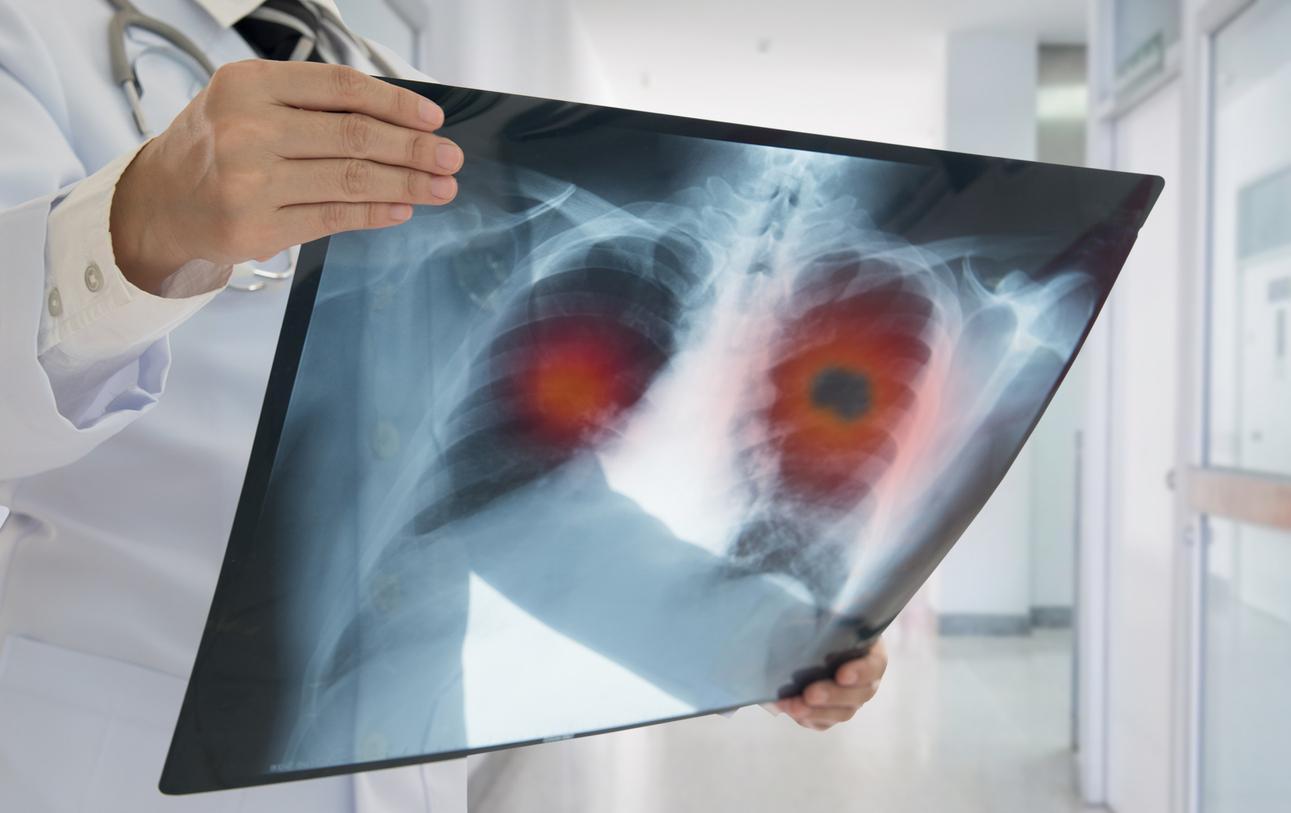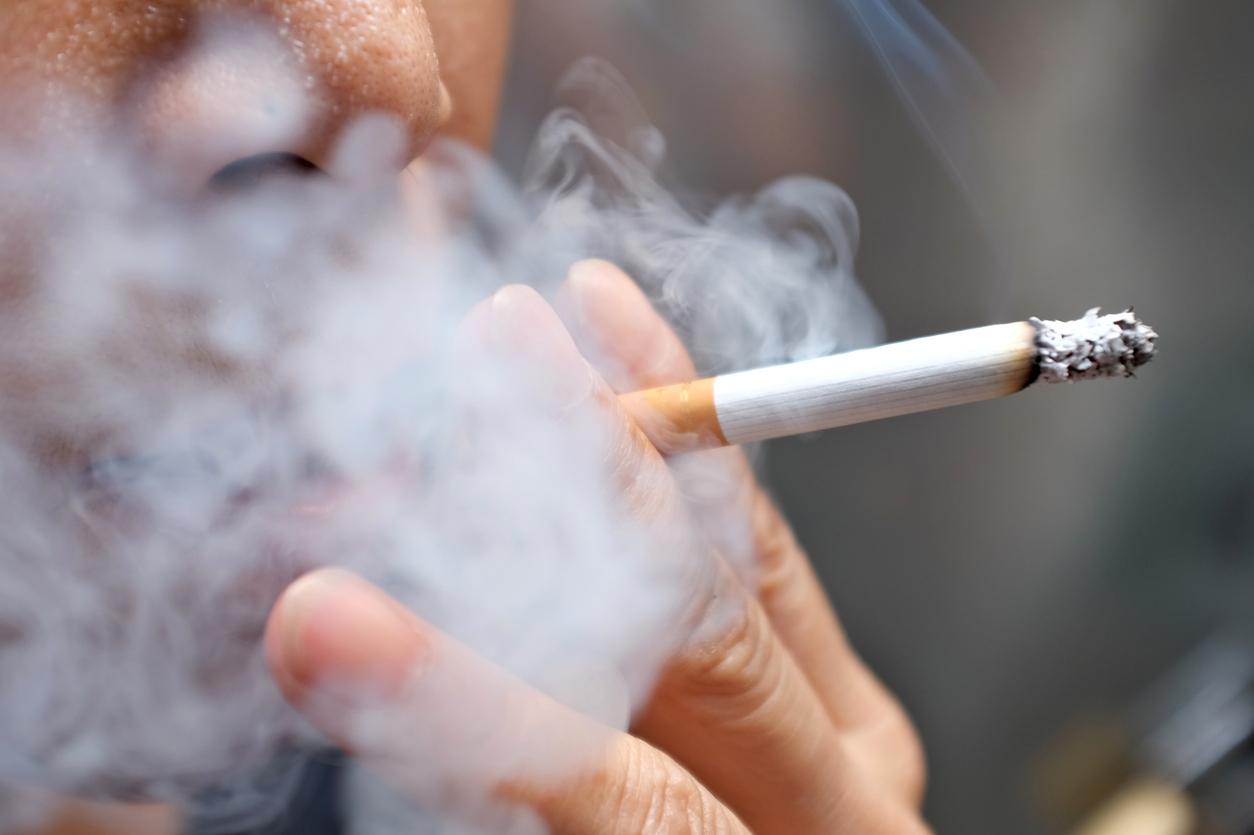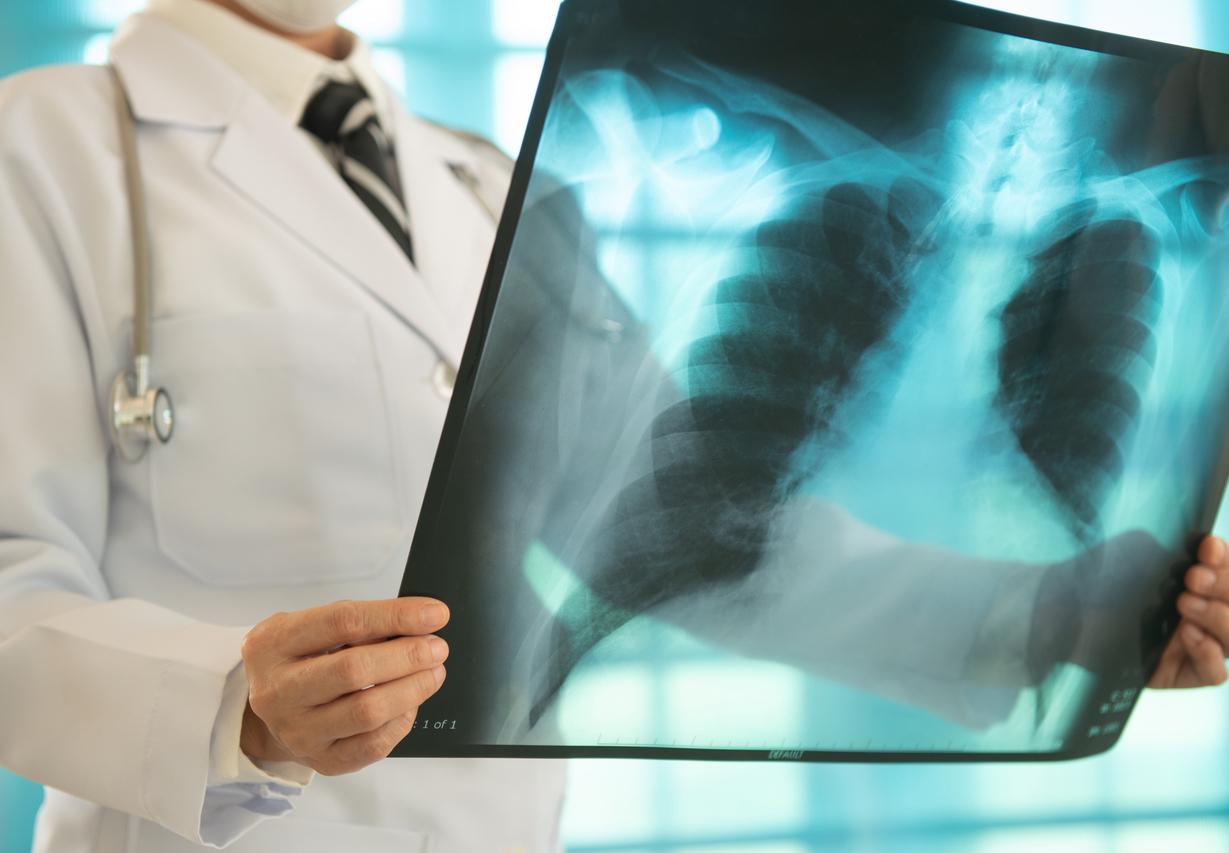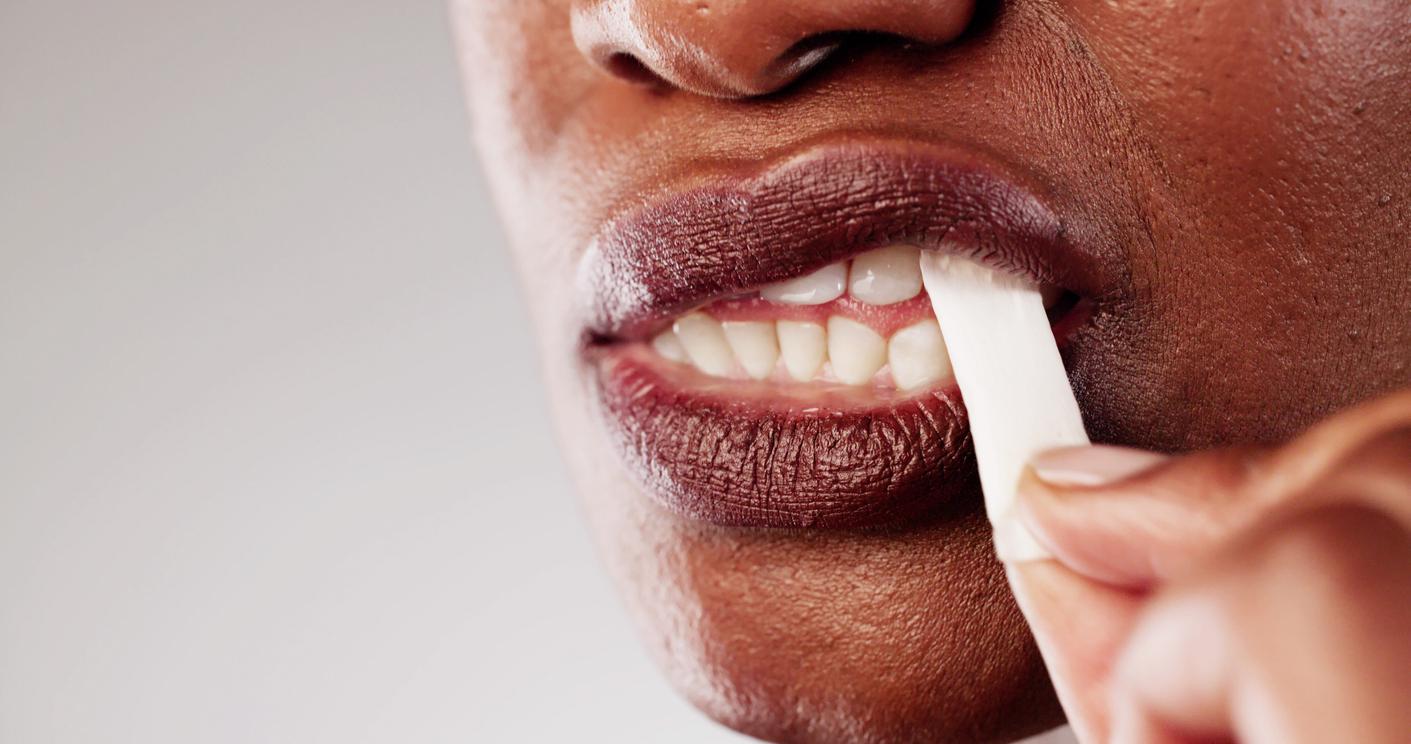Exposure to tobacco smoke helps reduce the breathing capacity of unborn mice. When they are reexposed just after puberty, the cocktail is explosive.

A mouse exposed to tobacco shortly after puberty exhibits respiratory functional alterations that are all the more important since it has already been exposed to tobacco in utero. Transposed to humans, these data suggest that there is an association between the damage caused by smoking in utero and those related to smoking in adolescence.
And the consequences of this discovery are worrying for the future of the respiratory function: in the long term, the potential evolution towards Chronic obstructive pulmonary disease (COPD), the first chronic respiratory disease of smokers, could be facilitated.
These are in fact the conclusions of a recently published study (1) carried out by an Inserm team from Ile-de-France (2). This carried out experiments on two groups of pregnant mice: one was exposed to a normal atmosphere, the other was exposed to tobacco smoke, for a defined duration and intensity. The mice born in each of the two groups were in turn divided into two, and either exposed or not to tobacco smoke after puberty (D21 to D49 after birth). The comparison of the four groups of young mice made it possible to determine whether the decline in respiratory function was more rapid when active smoking in adolescence took place in animals with already impaired lung capacities.
Respiratory capital defined at birth
First finding reported by the researchers, after prenatal exposure to tobacco, the lungs of young mice were both less able to distend on inspiration and less able to regain their shape on expiration. Second conclusion, in mice aged 21 to 49 days, tobacco caused alterations in respiratory function. However, they were much lower in the group of animals not exposed in utero, compared to the others.
If these results are traced to humans, this seems to indicate that for an equivalent smoking, the adolescent has a decrease in his respiratory functions which is all the more intense since he has already suffered an alteration in his respiratory capacities before his birth, analyzes the team.
In a press release, Professor Christophe Delacourt, who supervised this work, explains: “The respiratory capital is defined at birth. From then on, we follow a path of evolution of our pulmonary capacities, which increases until the end of adolescence and which then decreases throughout life ”.
Also, any prenatal or childhood alteration will be decisive for the respiratory outcome. And a low initial capital at birth or at the end of adolescence will be predictive of a more likely progression to COPD. “This disease most often affects smokers, but a portion of those affected have never used tobacco, which demonstrates the existence of individual susceptibility factors and environmental risk factors,” he notes.
Redouble prevention messages
But these works have not yet revealed all their mysteries. “In this study, we studied the expression of the main genes usually involved in the senescence of tissues, and therefore their accelerated aging, promoting the loss of respiratory functions,” describes the pulmonologist. This hypothesis was logical, following the oxidative aggression of the cells of the lung tissue, but it does not hold true. We are therefore going to conduct new work to find out what other mechanisms may be involved: it could, for example, be a disruption by tobacco of the regeneration of lung cells, ”he continues.
While awaiting the results of these new investigations, “this study has an immediate impact in terms of public health: it demonstrates the importance of redoubling prevention messages with young populations, and in particular those known to have suffered an early loss of their health. respiratory capital: children born to mothers who smoked during pregnancy, but also those with reduced respiratory capacity, such as very premature babies, ”concludes Professor Christophe Delacourt.
(1) D Drummond et al. Combined Effects of in Utero and Adolescent Tobacco Smoke Exposure on Lung Function in C57B1 / 6J Mice. About Health Perspect. In press. DOI: 10.1289 / EHP54.
(2) Inserm Unit 955 / University of Paris Est Créteil Val de Marne, Mondor Institute for Biomedical Research, Créteil.
.







